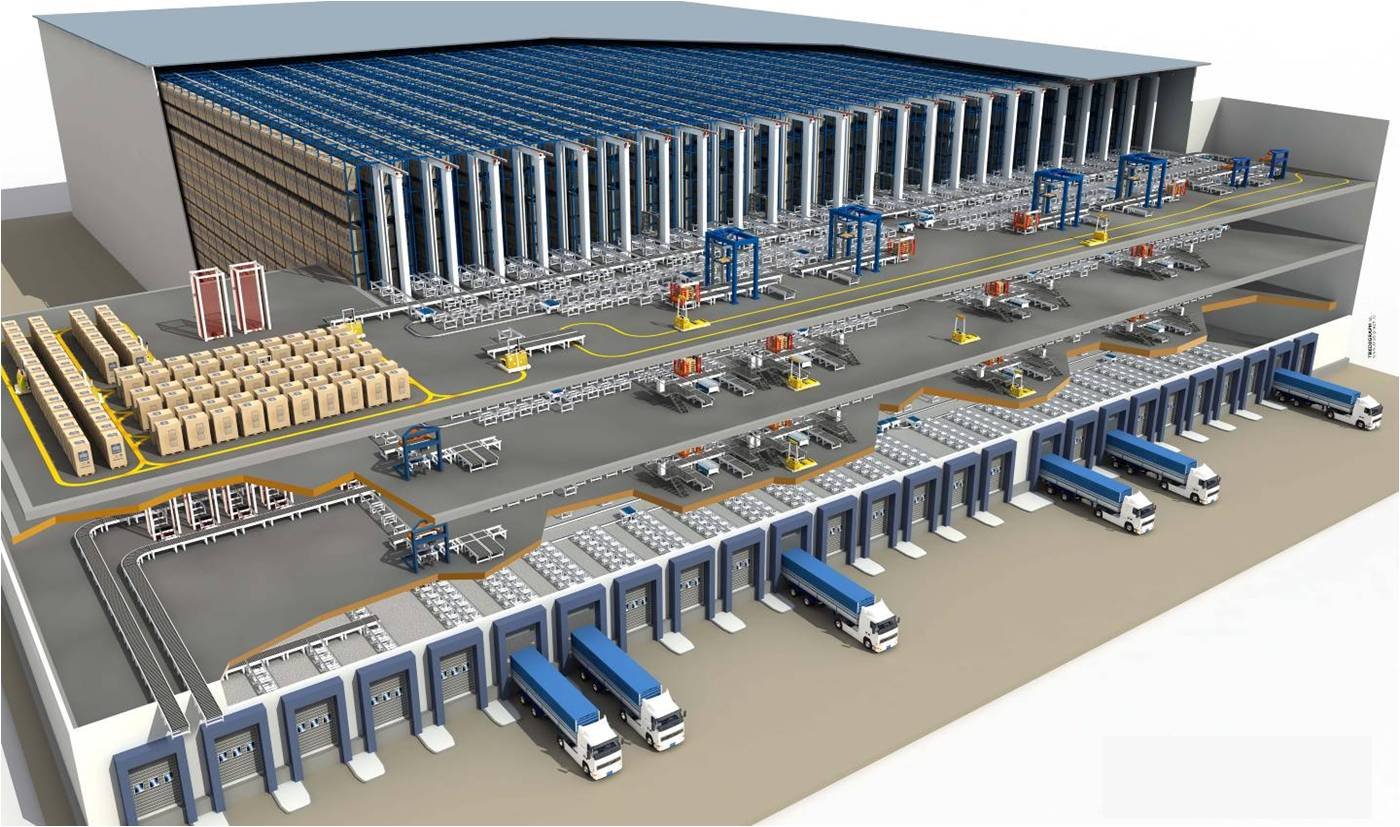Cooling systems are vital to car performance, especially if your engine is running hot. The cooling system works by directing coolant to the radiator where it dissipates heat, preventing the engine from overheating.
MIT’s new design combines radiative cooling, evaporative cooling, and thermal insulation in a device that could resemble existing solar panels. It has potential to help reduce food waste and power consumption.
Liquid-to-liquid
This system uses liquid to cool the CPU and chips. Its main advantage is that it can eliminate air-borne particulates, which increases data center availability and prevents deterioration of components. It also reduces energy consumption and improves PUE.
Liquid-to-liquid cooling systems use an intermediate heat exchanger that separates the open or dirty water source from the load. This allows for easy cleaning and maintenance. This design can avoid costly repairs and downtime that can be caused by fouling from entrained particulates in open or once-through cooling systems.
A liquid cooling system works by circulating water through small pipes inside the processor. The cooler water circulating through the pipe cools the chip and recirculates to the radiator, where fans expose it to cold air. The cooled water then recirculates through the processor to continue the cooling process. The cooling process can be improved with Peltier devices, which transfer the heat from one side of the device to the other.
Closed-loop dry
Closed-loop dry cooling systems are a popular choice among facilities with a high concern for water conservation and the cost of maintaining mechanical equipment. These systems use a combination of dry and evaporative cooling and eliminate the need for water treatment chemicals. They are also a great option for locations that require a large capacity of heat rejection with a smaller footprint.
These systems utilize an air-to-liquid heat exchanger with fan/s, pump and control skid, field installed system piping, fluid cooler, and open ambient air to reject the heat of the process equipment. The strength of this type of system is the low energy consumption of the coolant pump and fans. It can also reduce the amount of plant/city water used during warmer months.
However, these systems have several weaknesses that limit their use. They can be vulnerable to contamination, fouling and oxygen related corrosion, especially if the cooling tower fills are contaminated with dirt, debris or insects. They also require free clear air to operate.
Pressurized
Many late model vehicles use pressurized coolant tanks. You can tell because they have a cap that doesn’t simply twist off but has a warning label on it. These systems create pressure from the water pump and system operation and it helps the coolant circulate.
If the cooling system were not pressurized, coolant would evaporate into steams when it heats up and this is undesirable. By mixing with ethylene glycol and pressurizing the system, the coolant stays a liquid at engine temperatures well above the boiling point of water.
As shown in FIG. 4, an infinitely variable first relief valve 76, whose set point is predetermined by an engine operating parameter (heat of the coolant in the top tank), is operatively associated with and controlled by a second constant, maximum pressure relief valve 122 having a fixed set point of 15 psi. This enables a continuously varying maximum cooling system pressure in response to changes in the engine operating parameter over a range that is more favorable than a single predetermined maximum pressure.
Temperature control
Temperature control is necessary whenever a specific temperature needs to be maintained. This may be a process temperature in an industrial oven or heat-treating application, or it could be the operating temperatures of ceramic kilns or furnaces.
A basic temperature controller works much like a thermostat in a car: sensors measure the actual temperature, which is then constantly compared to a user-set temperature setpoint. If the temperature goes above or below the setpoint, the controller generates output signals that activate heating or cooling devices to bring the temperature back to the set point.
Most temperature controllers are UL or cUL-approved and have multiple safety limit outputs. These safety limits can accept thermocouple or RTD inputs and have latching conditions that will shut the thermal system down if a high or low temperature condition exists. This eliminates the need for a separate limit device and reduces overall panel layout and system costs. These units are ideally suited for retro-fit applications.off line cooling system



